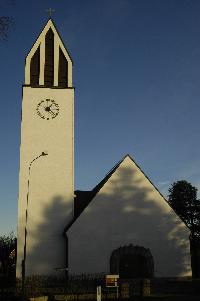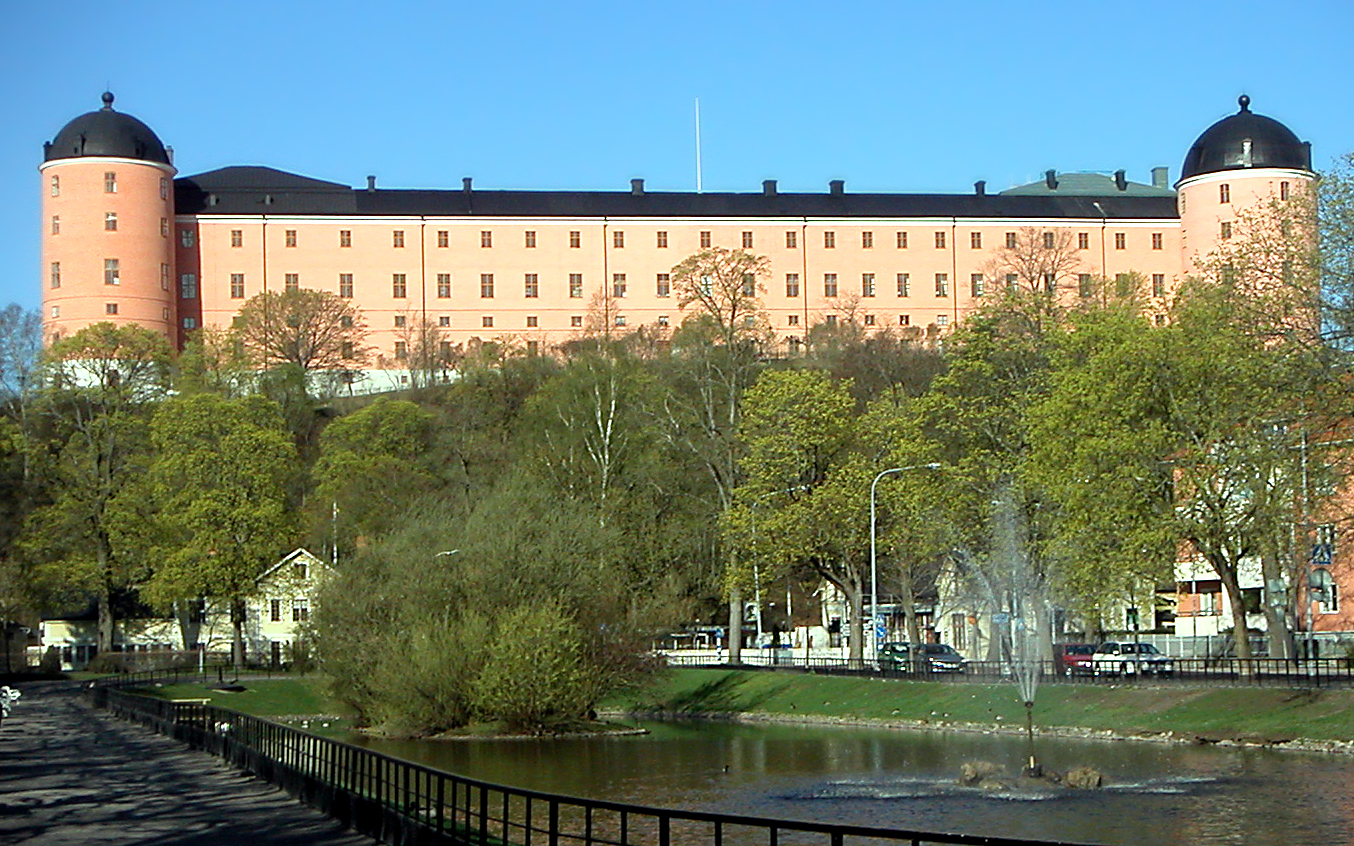|
Arvid Högbom
Arvid Gustaf Högbom (1857–1940) was a Swedish geologist. He was a professor of mineralogy and geology at Uppsala University. Biography Arvid Högbom was born at Vännäs in Västerbotten County, Sweden. Högbom was a student at Uppsala University earning a Bachelor of Philosophy in 1880 and a Licentiate in philosophy in 1884. In 1885, he defended his doctorate thesis; '' Iakttagelser rörande Jemtlands glaciala geologi med inledande öfversigt af berggrunden'' (Stockholm. 1885). He was appointed lecturer at Uppsala in 1885. In 1891 he joined the staff of the Stockholm University, but returned to Uppsala University in 1896 as professor of geology and mineralogy, occupying the chair until his retirement in 1922. He became a member of the Royal Society of Sciences in Uppsala in 1898, of the Royal Swedish Academy of Agriculture and Forestry in 1913 and of the Royal Society of Arts and Sciences in Gothenburg in 1921. He became a member of the Royal Swedish Academy of ... [...More Info...] [...Related Items...] OR: [Wikipedia] [Google] [Baidu] |
Vännäs
Vännäs () is a Urban areas in Sweden, locality in Västerbotten County in northern Sweden. Vännäs is the seat of Vännäs Municipality and had 9,077 inhabitants in 2024. The name of the village has existed since 1535 (''Wendenäs'', "The place where a person walking down the western shoreline of the Vindel river must change her path"). Vännäs is the hometown of the hardcore band Refused. The Vännäs TV Tower, a 323-metre partially staffed broadcasting mast, is located in the vicinity of Vännäs. Twinned municipalities Vännäs Municipality is twinned with Cameri, Italy (since 2003), Hemnes Municipality, Hemnes, Norway and Storkyro, Finland. Vännäsdagarna Vännäsdagarna ("The Vännäs Days") is a three-day annual festival during the second weekend of July, which brings a mix of performers and street vendors to Vännäs every year. An estimated 58,000 visitors attend the festival each year, thus making Vännäsdagarna the biggest festival in Västerbotten County. Rai ... [...More Info...] [...Related Items...] OR: [Wikipedia] [Google] [Baidu] |
Norrbotten County
Norrbotten County (, Meänkieli/, ) is the northernmost county or '' län'' of Sweden. It is also the largest county by land area, almost a quarter of Sweden's total area. It shares borders with Västerbotten County to the southwest, the Gulf of Bothnia to the southeast, the counties of Nordland and Troms in Norway to the northwest, and Lapland Province in Finland to the northeast. The name "Norrbotten" is also used for a province of the same name. Norrbotten province covers only the eastern part of Norrbotten County – the inland mostly belongs to the Swedish Lapland province (''Lappland''). The capital of Norrbotten is Luleå. Other significant towns include Boden, Kiruna and Piteå. The majority of the population lives in the namesake province, whereas the Lapland part of the county is sparsely populated. Norrbotten covers a larger land area than both Austria and Portugal. The four largest municipalities in Sweden by land area are in the county. Sweden's tallest ... [...More Info...] [...Related Items...] OR: [Wikipedia] [Google] [Baidu] |
Academic Staff Of Stockholm University
An academy (Attic Greek: Ἀκαδήμεια; Koine Greek Ἀκαδημία) is an institution of tertiary education. The name traces back to Plato's school of philosophy, founded approximately 386 BC at Akademia, a sanctuary of Athena, the goddess of wisdom and Skills, skill, north of Ancient Athens, Athens, Greece. The Royal Spanish Academy defines academy as scientific, literary or artistic society established with public authority and as a teaching establishment, public or private, of a professional, artistic, technical or simply practical nature. Etymology The word comes from the ''Academy'' in ancient Greece, which derives from the Athenian hero, ''Akademos''. Outside the city walls of Athens, the Gymnasium (ancient Greece), gymnasium was made famous by Plato as a center of learning. The sacred space, dedicated to the goddess of wisdom, Athena, had formerly been an olive Grove (nature), grove, hence the expression "the groves of Academe". In these gardens, the philos ... [...More Info...] [...Related Items...] OR: [Wikipedia] [Google] [Baidu] |
Uppsala University Alumni
Uppsala ( ; ; archaically spelled ''Upsala'') is the capital of Uppsala County and the fourth-largest city in Sweden, after Stockholm, Gothenburg, and Malmö. It had 177,074 inhabitants in 2019. Located north of the capital Stockholm, it is also the seat of Uppsala Municipality. Since 1164, Uppsala has been the ecclesiastical centre of Sweden, being the seat of the Archbishop of the Church of Sweden. Uppsala is home to Scandinavia's largest cathedral – Uppsala Cathedral, which was the frequent site of the coronation of the Swedish monarch until the late 19th century. Uppsala Castle, built by King Gustav Vasa, served as one of the royal residences of the Swedish monarchs, and was expanded several times over its history, making Uppsala the secondary capital of Sweden during its greatest extent. Today, it serves as the residence of the Governor of Uppsala County. Founded in 1477, Uppsala University is the oldest centre of higher education in Scandinavia. Among the many ... [...More Info...] [...Related Items...] OR: [Wikipedia] [Google] [Baidu] |
People From Vännäs Municipality
The term "the people" refers to the public or common mass of people of a polity. As such it is a concept of human rights law, international law as well as constitutional law, particularly used for claims of popular sovereignty. In contrast, a people is any plurality of persons considered as a whole. Used in politics and law, the term "a people" refers to the collective or community of an ethnic group or nation. Concepts Legal Chapter One, Article One of the Charter of the United Nations states that "peoples" have the right to self-determination. Though the mere status as peoples and the right to self-determination, as for example in the case of Indigenous peoples (''peoples'', as in all groups of indigenous people, not merely all indigenous persons as in ''indigenous people''), does not automatically provide for independent sovereignty and therefore secession. Indeed, judge Ivor Jennings identified the inherent problems in the right of "peoples" to self-determination, as i ... [...More Info...] [...Related Items...] OR: [Wikipedia] [Google] [Baidu] |
Members Of The Royal Physiographic Society In Lund
Member may refer to: * Military jury, referred to as "Members" in military jargon * Element (mathematics), an object that belongs to a mathematical set * In object-oriented programming, a member of a class ** Field (computer science), entries in a database ** Member variable, a variable that is associated with a specific object * Limb (anatomy), an appendage of the human or animal body ** Euphemism for penis * Structural component of a truss, connected by nodes * User (computing), a person making use of a computing service, especially on the Internet * Member (geology), a component of a geological formation * Member of parliament * The Members, a British punk rock band * Meronymy, a semantic relationship in linguistics * Church membership, belonging to a local Christian congregation, a Christian denomination and the universal Church * Member, a participant in a club or learned society A learned society ( ; also scholarly, intellectual, or academic society) is an organizatio ... [...More Info...] [...Related Items...] OR: [Wikipedia] [Google] [Baidu] |
1940 Deaths
A calendar from 1940 according to the Gregorian calendar, factoring in the dates of Easter and related holidays, cannot be used again until the year 5280. Events Below, events related to World War II have the "WWII" prefix. January *January 4 – WWII: Luftwaffe Chief and Generalfeldmarschall Hermann Göring assumes control of most war industries in Nazi Germany, Germany, in his capacity as Plenipotentiary for the Four Year Plan. *January 6 – WWII: Winter War – General Semyon Timoshenko takes command of all Soviet forces. *January 7 – WWII: Winter War: Battle of Raate Road – Outnumbered Finnish troops decisively defeat Soviet forces. *January 8 – WWII: **Winter War: Battle of Suomussalmi – Finnish forces destroy the 44th Rifle Division (Soviet Union), Soviet 44th Rifle Division. **Food rationing in the United Kingdom begins; it will remain in force until 1954. *January 9 – WWII: British submarine is sunk in the Heligoland Bight. *January 10 – WWII: Mechele ... [...More Info...] [...Related Items...] OR: [Wikipedia] [Google] [Baidu] |
1857 Births
Events January–March * January 1 – The biggest Estonian newspaper, ''Postimees'', is established by Johann Voldemar Jannsen. * January 7 – The partly French-owned London General Omnibus Company begins operating. * January 9 – The 7.9 1857 Fort Tejon earthquake, Fort Tejon earthquake shakes Central California, Central and Southern California, with a maximum Mercalli intensity scale, Mercalli intensity of IX (''Violent''). * January 24 – The University of Calcutta is established in Kolkata, Calcutta, as the first multidisciplinary modern university in South Asia. The University of Bombay is also established in Mumbai, Bombay, British India, this year. * February 3 – The National Deaf Mute College (later renamed Gallaudet University) is established in Washington, D.C., becoming the first school for the advanced education of the deaf. * February 5 – The Federal Constitution of the United Mexican States of 1857, Federal Constitution of ... [...More Info...] [...Related Items...] OR: [Wikipedia] [Google] [Baidu] |
History Of Climate Change Science
The history of the scientific discovery of climate change began in the early 19th century when ice ages and other natural changes in paleoclimate were first suspected and the natural greenhouse effect was first identified. In the late 19th century, scientists first argued that human emissions of greenhouse gases could change Earth's energy balance and climate. The existence of the greenhouse effect, while not named as such, was proposed as early as 1824 by Joseph Fourier. The argument and the evidence were further strengthened by Claude Pouillet in 1827 and 1838. In 1856 Eunice Newton Foote demonstrated that the warming effect of the sun is greater for air with water vapour than for dry air, and the effect is even greater with carbon dioxide. John Tyndall was the first to measure the infrared absorption and emission of various gases and vapors. From 1859 onwards, he showed that the effect was due to a very small proportion of the atmosphere, with the main gases having no ef ... [...More Info...] [...Related Items...] OR: [Wikipedia] [Google] [Baidu] |





